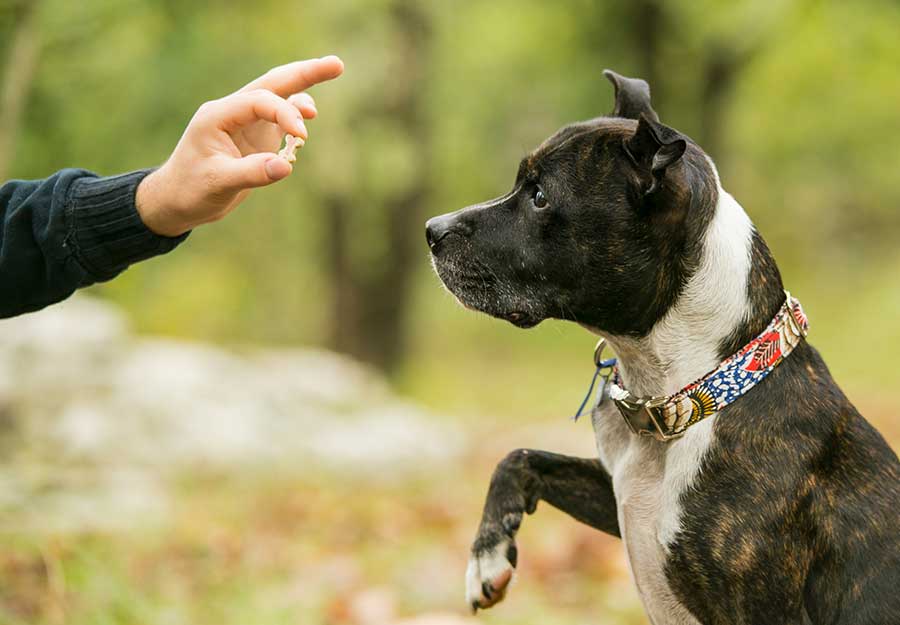PETS
What Is Force-Free Dog Training

Training your dog is the most crucial decision as a pup owner. There are many ways to train dogs, so being confused is understandable. Some dog trainers suggest a light approach and techniques such as reward base and balanced training. Meanwhile, some recommend dominance-based training.
What Does This Mean?
According to Nancy Bernard a prominent dog walker in San Francisco “It depends on which approach you believe is more appropriate for your dog. One common example is reward-based training, where the reward is given to the dog. You can also use punishment for training. If you are looking for a dog trainer, then it’s best to choose a trainer that follows the approach of force-free training.
What is Force Free Training?
In force-free training, the dog is not forced to do anything. The force can be used in different terms, such as punishing, spanking, or yanking the dog. Even training dog collars are a punishment tool for your dog. They can harm the skin of your dog. Anything that can cause discomfort or pain to the dog is considered a force.
Is Force-Free Training Better For Your Dog?
Dogs are adorable, and people usually treat them as part of their families. No one would want them to get hurt or see them in excruciating pain. If you are someone like this, then force-free dog training is a suitable choice for your dog. Imagine that you are asked to do a particular task. On completion of the task, you are rewarded with a cookie. If I ask you to do the task again for me, the reward is more cookies. Then there are high chances that you will get the job done. The same thing goes for your dog. Instead of using harsh techniques, you can use toys, food, and things your dog loves the most as a reward. It will ultimately be beneficial in training your dog. Force-free trainers work firstly on training the behavior of the pup. Allow your dog to be familiar with verbal and physical cues. They will start reacting to that, and training them will be much easier.
Is Force-Free Training Effective Than Other Methods?
Just assume you are living a happy, healthy life with your dog. Your dog never disobeys you and understands your cues fully. The connection between you and your dog keeps on strengthening. Moreover, food, toys, and other things are used as reward mechanisms. Now you can tell how it will influence the behavior of your dog.
In contrast, if you force your dog to train, keep them in a strong cage with a shock collar wrapped around the neck all the time. Your dog will become fearful, sad, and pressurized. If someone asks you to do a simple task with a reward, you would be more than happy to do it. Conversely, if they force you to do that task, you will become rebellious or feel uncomfortable. The same thing applies to dogs as well. Force-free training is not only a tool to train your dog without pain but also helps build a deeper connection with your pup.
